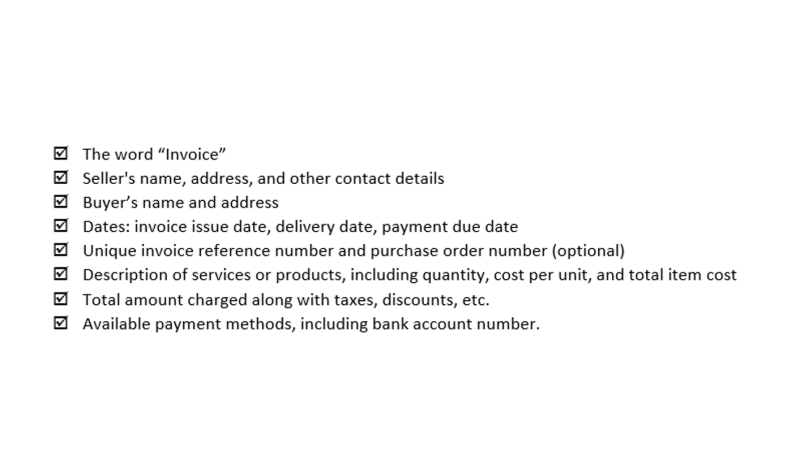
The second option is to record a journal entry that transfers part of the unappropriated retained earnings into an Appropriated Retained Earnings account. To illustrate, assume that on March 3, Clay Corporation’s board of directors appropriates $12,000 of its retained earnings for future expansion. The company’s retained https://www.bookstime.com/ earnings account is first renamed as Unappropriated Retained Earnings. The journal entry decreases the Unappropriated Retained Earnings account with a debit and increases the Appropriated Retained Earnings account with a credit for $12,000. The only definition that retained earnings meet is that of equity.
What Is Retained Earnings on Balance Sheet?

A company that routinely gives dividends to shareholders will tend to have lower retained earnings, and vice versa. The “Retained Earnings” line item is recognized within the shareholders’ equity section of the balance sheet. In simple words, the retained earnings metric reflects the cumulative net income of the company post-adjustments for the distribution of any dividends to shareholders. Retained Earnings on the balance sheet measures the accumulated profits kept by a company to date since inception, rather than issued as dividends. Net income is the amount of money a company has after subtracting revenue costs. Retained earnings are the cash left after paying the dividends from the net income.

Retained Earnings Formula and Calculation
- Working capital is the value of all your assets, minus liabilities.
- The double-entry practice ensures that the accounting equation always remains balanced, meaning that the left-side value of the equation will always match the right-side value.
- He is a CFA charterholder as well as holding FINRA Series 7, 55 & 63 licenses.
- Retained earnings are recorded under shareholders’ equity, showing how these earnings can be used as a tool to generate growth.
With net income, there’s a direct connection to retained earnings. However, for other transactions, the impact on retained earnings is the result of an indirect relationship. As you work through this part, remember that fixed assets are considered non-current assets, and long-term debt is a non-current liability.
What Is the Relationship Between Dividends and Retained Earnings?

Sometimes when a company wants to reward its shareholders with a dividend without giving away any cash, it issues what’s called a stock dividend. This is just a dividend payment made in shares of a company, rather than cash. In the long run, such initiatives may lead to better returns for the company shareholders instead of those gained from dividend payouts.
Company revenue is a line item at the top of the income statement. By decomposing equity into component parts, analysts can get a better idea of how profits are being used—as dividends, retained earnings asset liability or equity reinvested into the company, or retained as cash. However, it’s important to remember that it is influenced by factors the company can control, such as dividends paid.
In 2008, the AICPA recognized the IASB as a standard setter of acceptable GAAP and designated IFRS and IFRS for SMEs as an acceptable set of generally accepted accounting principles. However, it is up to each State Board of Accountancy to determine if that state will allow the use of IFRS or IFRS for SMEs by non-public entities incorporated in that state. The major and often largest value assets of most companies are that company’s machinery, buildings, and property. Assets include cash and cash equivalents or liquid assets, which may include Treasury bills and certificates of deposit (CDs).
Everything You Need To Master Financial Modeling
- However, this balance does not meet the definition for any of those items.
- However, it also deducts dividends from those amounts before reporting them on the balance sheet.
- Retained earnings are related to net (as opposed to gross) income because they are the net income amount saved by a company over time.
- Because the adjustment to retained earnings is due to an income statement amount that was recorded incorrectly, there will also be an income tax effect.
- This might only reveal a trend showing how much money your company adds to retained earnings.
- If your business currently pays shareholder dividends, you’ll need to subtract the total paid from your previous retained earnings balance.
- Bonds are contractual liabilities with guaranteed annual payments unless the issuer defaults, whereas dividend payments from stock ownership are discretionary and not fixed.